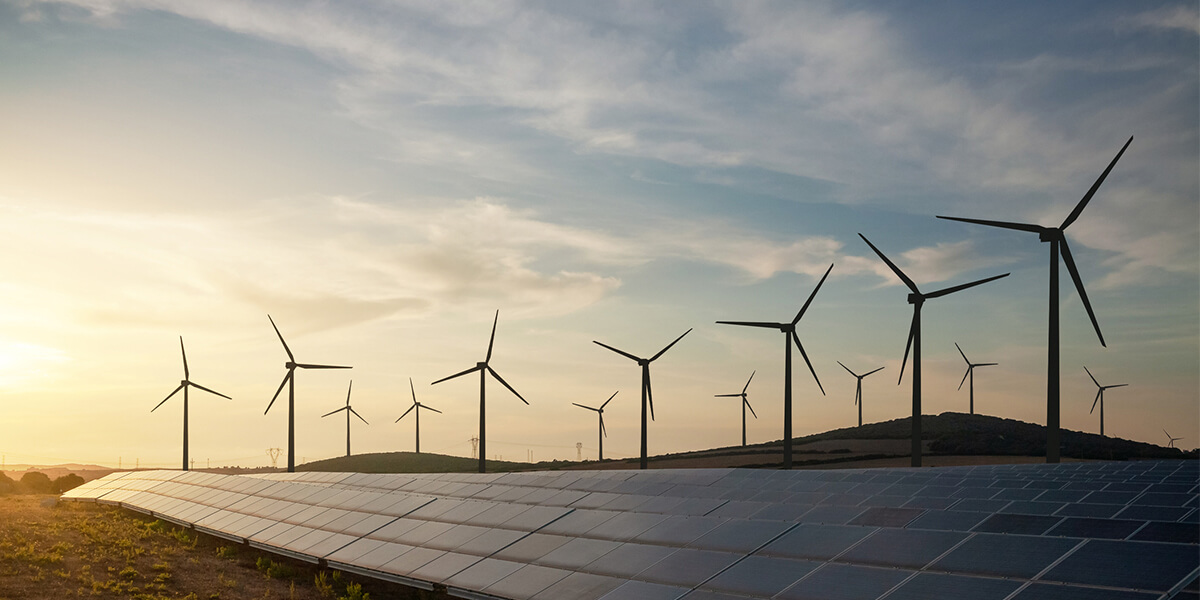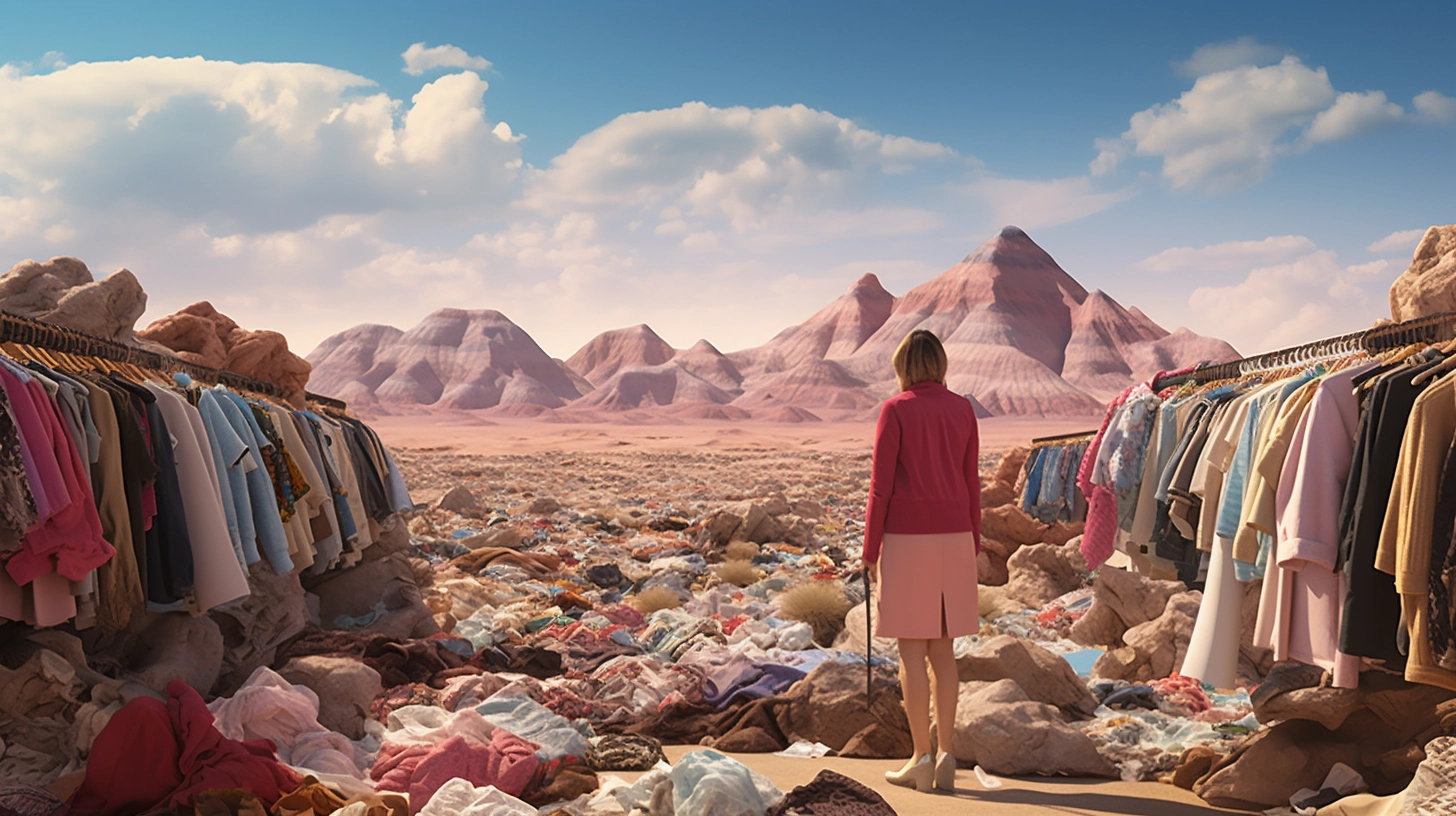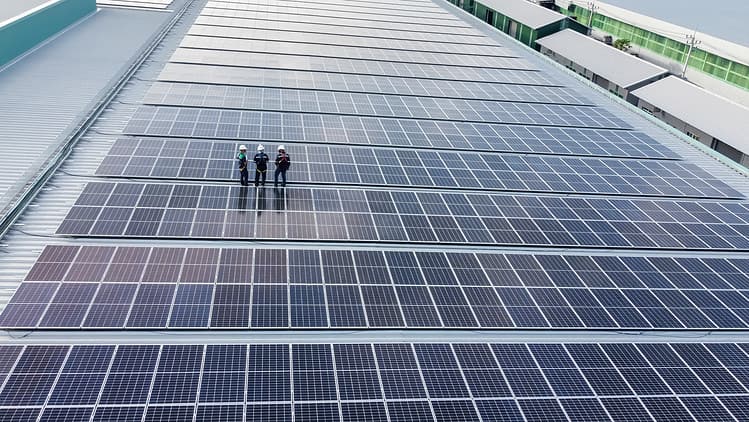
As it grapples with intense coral bleaching and other environmental issues, Abu Dhabi is turning to 3D-printed reef tiles to nurture new coral growth and restore its rich marine ecosystems
The world’s coral reefs are disappearing, and scientists predict that up to 90% of these underwater structures will disappear over the next 20 years, jeopardizing global biodiversity and threatening coastal communities.
The oil-rich emirate of Abu Dhabi, part of the United Arab Emirates, has 430 miles of Arabian Sea coastline that are home to some of the region’s richest coral habitats. Its reefs are also deteriorating rapidly, however.
The emirate is fighting back with cutting-edge technology. Last year, the Abu Dhabi Environment Agency began working with ADQ, a local investment company, and Archireef, a Hong Kong-based group, to grow new reefs.
We collaborate with numerous companies to deploy an extensive network of Reef Tiles, maximizing our collective efforts to restore coral populations in the region
Archireef uses a 3D printer to fabricate terracotta tiles and then installs them underwater, attaching coral fragments that grow and expand. According to the company’s scientists, this coral rejuvenation method has a 95% rate of success.
“We collaborate with numerous companies to deploy an extensive network of Reef Tiles, maximizing our collective efforts to restore coral populations in the region,” explained Mayez Kabbara, Archireef’s head of marketing.
“The striking similarity between corals in the Arabian Sea and off the coast of Hong Kong reassures us that our solution holds immense promise for this region. This hope is further bolstered by the heart-wrenching events of 2017 when Abu Dhabi suffered a devastating loss of 73% of its coral cover,” Kabbara added.
Intense coral bleaching off the coast of Abu Dhabi dates to 2008 when a red tide of blooming algae hit due to increased shipping and warming seas. The algae began killing the reefs, with a devastating peak in coral “bleaching” in 2017.
Coral bleaching is a phenomenon triggered by rising water temperatures, leading corals to expel their resident algae, also known as zooxanthellae. These algae are responsible for the vibrant colors of the coral, and their expulsion results in the corals taking on a stark white appearance, hence the term “bleaching.”
While this process severely stresses the corals, it doesn’t immediately result in their death. They can potentially recover if water conditions improve or through targeted restoration efforts. However, without their symbiotic algae, which contribute to the corals’ nutrient intake through photosynthesis, the corals become more susceptible to disease and may eventually die if conditions do not improve or restoration efforts are not successful.
Therefore, coral planting such as Archireefs could be useful as “it helps increase the overall coral cover and promotes ecosystem recovery,” explained Chloe Griffin, founder of the Dubai-based Chloe Blue Scuba Diving Club.
“Coral reefs are home to a staggering diversity of marine species. By restoring reefs through coral planting, we protect habitats vital for countless fish, invertebrates, and other marine organisms,” Griffin added.
Healthy coral reefs also come with economic benefits, the most important of which is the return of diving and snorkeling tourism. By fixing dead and dying coral, Archireef and like-minded companies will provide future sustainable income for coastal communities.
Coral regeneration is also crucial for protecting coastlines from erosion and storm damage. “By restoring and strengthening coral reef ecosystems, coral planting contributes to coastal resilience against climate change,” Griffin explains.
Archireef’s “Reef Tiles” are made of terracotta clay, a “non-toxic material that ensures the preservation of optimal pH levels in the water,” explains Archireef’s Kabbara.
Corals are sessile animals, meaning they are immobile and anchored in one place, which can often lead to their being mistaken for plants. They secrete calcium carbonate to construct a rigid exoskeleton, giving them their unique and diverse physical structures. The symbiotic relationship that corals have with zooxanthellae, the photosynthetic algae that inhabit their tissues, is so integral that the overall biomass of a coral is actually more plant than animal.
To reproduce, corals need a solid substrate, making their survival closely tied to the health of the ocean floor on which they reside. The Reef Tiles create “a structure that corals like to settle on,” explained Juan Diego Suarez, a UAE-based marine biologist.
“Once you install the tiles, the process begins. The initial corals settle, and then the whole structure gradually becomes a reef,” says Suarez. Although the tiles are designed and printed to encourage the process, “the process is slow,” he warns, taking five to 10 years to yield observable results.
The waters off the coast of Abu Dhabi face a rash of human-made problems, including rising sea temperatures and saline from nearby desalination plants. The central challenge, however, is the region’s massive coastal reclamation efforts to accommodate industrialization and construction. Coastal reclamation disturbs coral reefs, and only the hardiest types can survive.
Archireef’s terracotta Reef Tiles face a particularly harsh environment. Poor visibility, high turbidity, high water salinity, temperature fluctuations, and a sandy ocean floor all trigger instability in the newly installed structures.
Some experts fear the coral on Archireef’s tiles won’t take hold. James Campbell, head of conservation at the UAE-based diving company, Freestyle Divers, warns that although the methodology is sound where sunlight can penetrate sufficiently deep, in some locations, visibility is so poor that it won’t work. “I don’t think it is right for that location,” he says. The tiles serve a function, but “they are not the most cost-effective way of getting large amounts of cover.”
Freestyle Divers started installing their own structures in July 2021, but Cyclone Shaheen, which struck the region in September 2021, smashed them to pieces.
Darryl Owen, the owner of Freestyle Divers, explained that his company’s efforts to help rebuild the coral “have gone through three design evolutions.” Now, his divers “use something that’s about the size of a dining room table, with metal legs, a metal frame, and a stainless-steel mesh grid on top.” The table has “thick legs, so they don’t sink into the sand” and offers “plenty of space,” allowing divers to “keep the corals far enough apart so that they don’t damage one another.”
Coral planting is a labor-intensive process, and it is particularly challenging to replant entire reefs, especially in remote areas. Ensuring the reefs’ long-term survival and growth is difficult.
“Environmental stressors, diseases, and predation can all hinder the success rate of coral planting efforts,” explained Chloe Griffin, the Abu Dhabi-based diving expert.
Although vital, coral-planting programs are no panacea. Among other things, they use a limited number of coral genotypes, leading to an overall reduction in genetic diversity.
Resources are here to be exploited [but] this must be done in a sustainable way. That is the important thing: sustainability.
Still, careful research and planning can help. “We are all part of an ecosystem. When you learn a bit about how things work and start respecting the system,” said Suarez, the marine biologist, “you can do things properly.”
“Resources are here to be exploited,” Suarez explained, but “this must be done in a sustainable way. That is the important thing: sustainability.”




